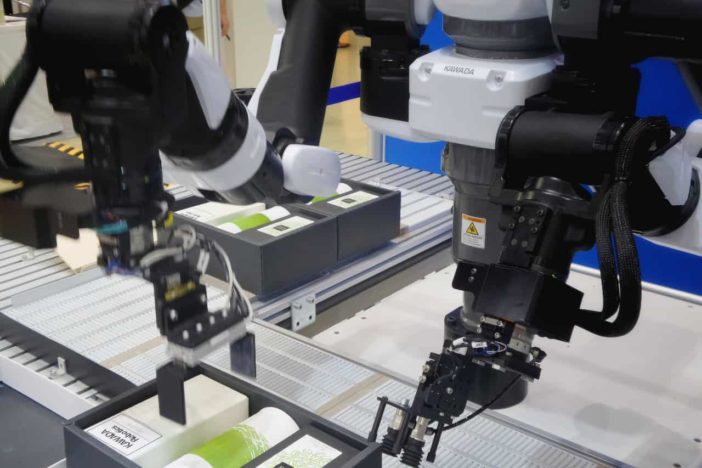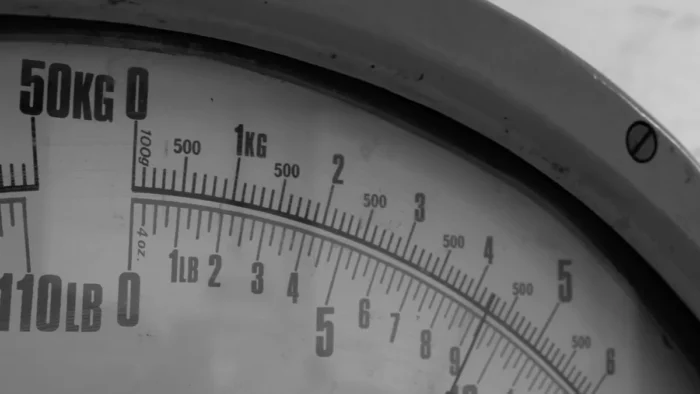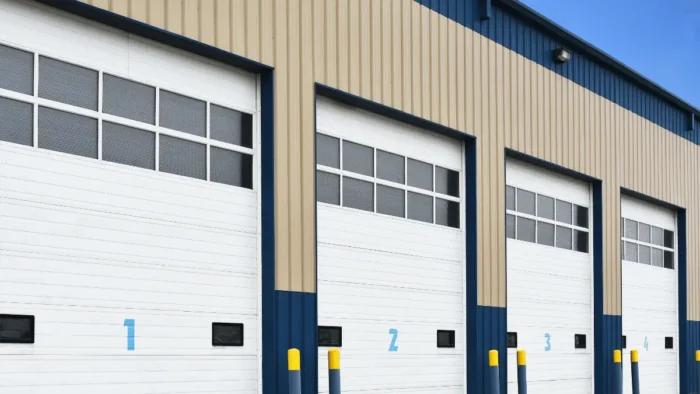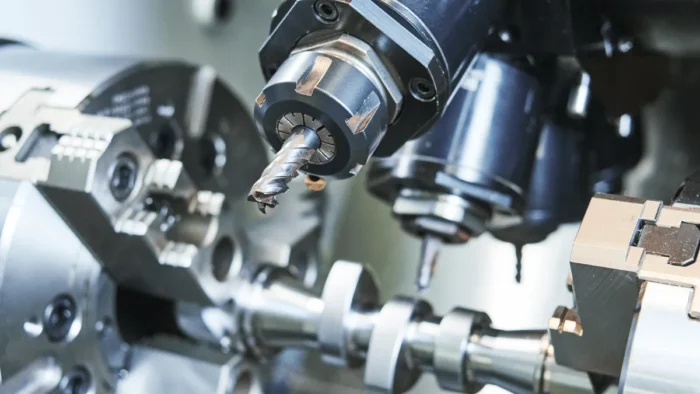The industrial robotic arm is a machine programmed to perform certain roles or tasks rapidly, accurately, and with utmost efficiency. Robotic arms are power-driven and are deployed for heavy and/or vastly repetitive procedures for lengthy periods.
These machines are preferred in industries such as assembly, manufacturing machining, among others. Typical industrial robotic arms incorporate a sequence of linkages, articulations, and controllers that work together to mock the functionality of a human arm.
A robotic arm can itself be a comprehensive machine or an individual component of a bigger and more complex device. Most of the tiny robotic arms used in businesses today are mounted on countertops and are power-driven.
Larger robotic arms are floor-mounted, and they include at least 4 articulating linkages. When using these devices, caution should be taken because of the tremendous speeds involved. Let’s examine why robotic arms are being used, the benefits of using them, and plenty more besides.
Why Is the Industrial Robotic Arm So Popular?
There are a couple of explanations as to why the industrial robotic arm is very popular in industries such as assembly and manufacturing. Some of the reasons include:
Mimicking Human Motion
the whole gist with regard to the industrial robotic arm is that it can mimic the motion of a human arm. This means that manual operators can be ejected from the sections in the work area that are likely to cause them harm. Also, unlike humans, a robotic arm doesn’t tire.
Accuracy
Companies prefer robotic arms because their accuracy is to a thousandth of an inch. However, when dealing with a manual operator, you always have to allow room for errors because, after all, they are human. This is not the case with a robotic arm; its accuracy is unwavering.
Related: Boosting Business Success with 3D Industrial Rendering
Repeatability
An industrial robotic arm can engage in highly repetitive tasks and perform them 24 hours for seven days a week without tiring so long as the power supply is constant. However, such tasks are considered to be a bit extreme for manual operators as they suffer from fatigue.
What Kind of Sensors Are Fitted in Robotic Arms?
Collision Detection Sensors
These types of sensors enable the robot to be aware of its work envelop and thereby avoid collisions with walls or manual operators, which could be fatal.
Force Torque Sensors
This kind of sensor enables the robotic arm to recognize the amount of force it is applying and lets the machine vary depending on the application.
2D Vision Sensor
This type of sensor includes a video camcorder which enables the robotic arm to see its surrounding. In addition, a 2D sensor allows the arm to adapt its motions with what the camcorder is relaying to its processor.
3D Sensor
This is a new and emerging trend in robotic arms. Unlike a 2d sensor, it not only sees but also allows the machine to make complex decisions. This can be realized when cameras are installed at various angles or when a LIDAR is present to give 3 Dimension interpretations.
The Benefits of an Industrial Robotic Arm Include:
Boosts Throughput
An organization that is using robotic arms will realize significant increases in the yield. This is because this machine can work for countless periods of time.
Guarantees Continuity of Operations Even in Extreme Conditions
A robotic arm can ensure that operations continue even if the conditions in the environment are harsh, for instance, even in freezing conditions a robotic arm. Also, in controlled environments that are not safe for manual operators, a mechanical arm will still function.
Optimization of Tasks
When a robotic arm is deployed in tasks that involve heavy loads and require the utmost precision, for instance, in the automotive industry, it will ensure that the throughput of the product remains in an optimal state.
Final Thought
To sum it all up, industrial robotic arms are swift, precise, and dependable. These machines can mutually be configured to execute almost an unlimited range of tasks. They are popular in most sectors of the economy because of some of the benefits illustrated above.





